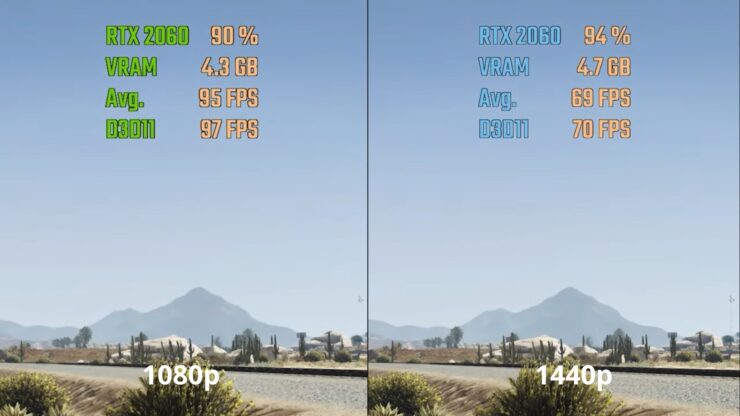Is 1440p Better than 1080p
In the realm of visual displays, the pursuit of sharper, crisper images has been an ongoing journey. With the advent of high-definition resolutions, consumers are often faced with choices that promise enhanced visual experiences. One such choice lies between the widely used 1080p resolution and its higher counterpart, 1440p. But does the extra pixel density of 1440p truly make it superior to 1080p? Let’s delve into the intricacies of these resolutions to uncover the answer.
Understanding Resolution:
Before delving into the comparison, it’s essential to grasp the basics of resolution. Resolution refers to the number of pixels displayed on a screen, typically measured in width x height format. For instance, 1080p resolution denotes 1920 pixels horizontally by 1080 pixels vertically, while 1440p resolution stands for 2560 x 1440 pixels.
Clarity and Detail:
One of the primary advantages of higher resolutions like 1440p is the increased level of detail and clarity they offer. With more pixels packed into the same physical screen size compared to 1080p, 1440p displays can render finer details with greater precision. This means sharper text, more defined edges, and enhanced textures in visual content such as games, movies, and images.
Immersive Gaming Experience:
For gamers, resolution plays a crucial role in the overall gaming experience. While 1080p has been the standard for many years, 1440p provides a noticeable upgrade, especially on larger screens. The increased pixel density contributes to more immersive gameplay, allowing players to see distant objects more clearly and enhancing the overall visual fidelity of games.
Productivity and Multitasking:
In tasks involving productivity and multitasking, such as video editing, graphic design, or simply having multiple windows open simultaneously, the extra screen real estate offered by 1440p can be highly beneficial. With more pixels available, users can fit more content on the screen without sacrificing readability or clarity, leading to improved workflow efficiency.
Compatibility and Performance Considerations:
While 1440p undoubtedly offers advantages in terms of visual quality and productivity, it’s essential to consider factors such as hardware compatibility and performance implications. Rendering graphics at higher resolutions demands more processing power from the GPU, which means that users may need to upgrade their hardware to fully leverage the benefits of 1440p.
Cost vs. Benefit Analysis:
Another aspect to consider is the cost-effectiveness of upgrading to a 1440p display. While prices have become more competitive in recent years, 1440p monitors still tend to be more expensive than their 1080p counterparts. Therefore, users must weigh the perceived benefits of higher resolution against the additional investment required.
Viewing Distance and Screen Size:
The viewing distance and screen size also play a crucial role in determining the perceived difference between 1440p and 1080p. On smaller screens or when viewed from a distance, the visual distinction may not be as pronounced compared to larger displays or shorter viewing distances. Therefore, users should consider their typical usage scenarios when evaluating the necessity of upgrading to a higher resolution.
Conclusion:
While 1440p undeniably offers superior visual clarity and detail compared to 1080p, whether it’s “better” ultimately depends on individual preferences, usage scenarios, and budget constraints. For avid gamers, content creators, and those who prioritize visual fidelity and productivity, the upgrade to 1440p may be well worth it. However, for casual users with less demanding needs or budget-conscious individuals, 1080p still provides a satisfactory viewing experience at a more affordable price point. Ultimately, the decision between 1440p and 1080p hinges on finding the right balance between visual quality, performance, and cost.



